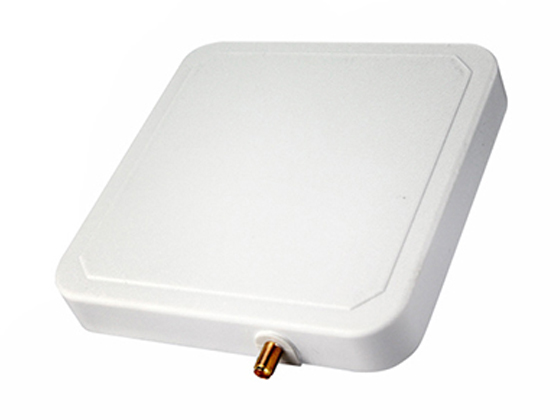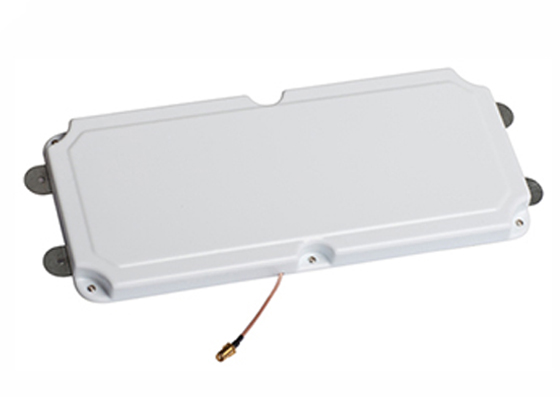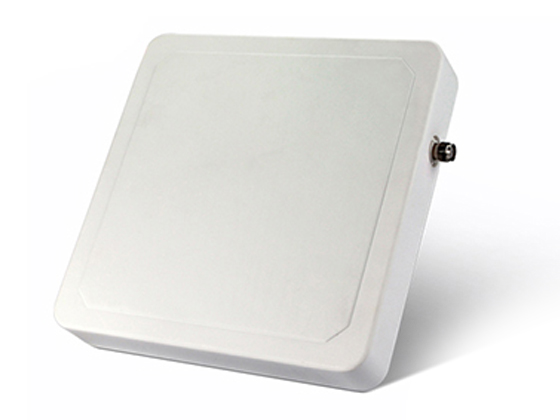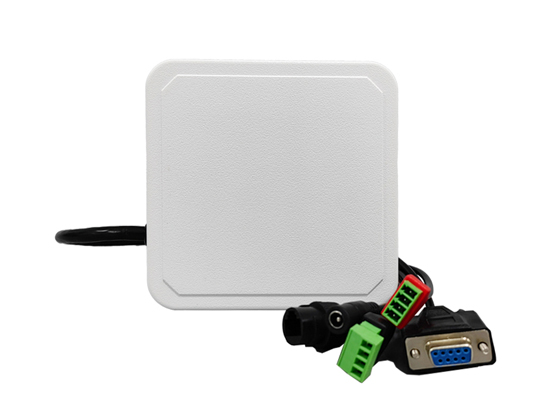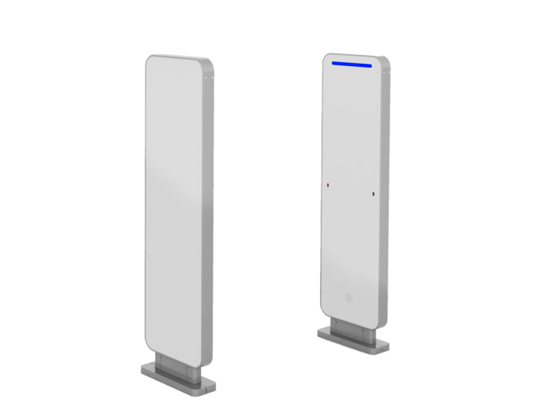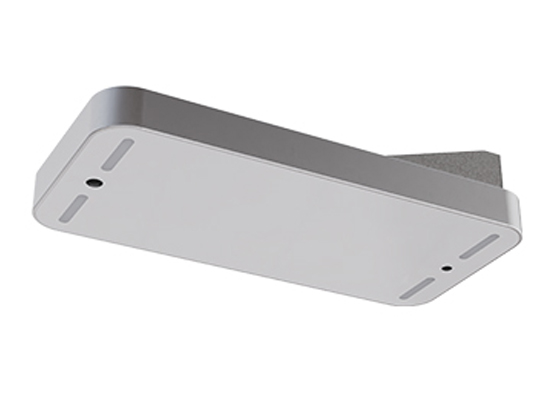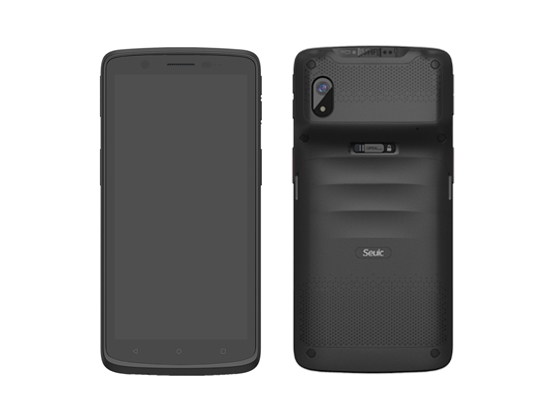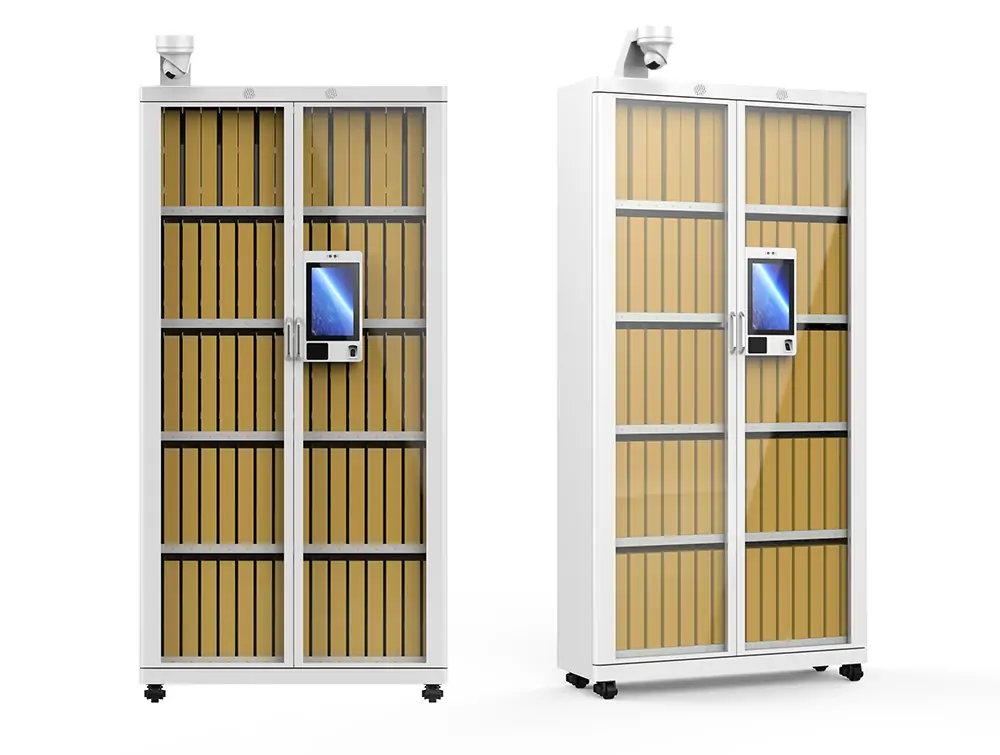With the expansion of enterprise scale and the increase of business complexity, fixed assets management has become an important part of enterprise management. Traditional fixed asset management methods often rely on manual records and manual inventory, which is not only inefficient, but also prone to errors, which is difficult to meet the requirements of modern enterprises for the accuracy, real-time and efficiency of asset management. The introduction of RFID (radio frequency identification) technology has brought revolutionary changes to fixed asset management. This paper will elaborate the comprehensive process of RFID fixed asset management system from demand analysis, system planning, hardware deployment, software configuration, fence setting, real-time monitoring to efficient inventory and other links.

First, demand analysis stage
1.1 Determine management status and problems
Before starting the RFID fixed asset management system project, we first need to deeply understand the current status of the enterprise's fixed asset management, including the type, quantity, distribution, management process and existing problems. Through questionnaires, department interviews, and employee seminars, we collected feedback from various departments on asset management, and identified pain points in the management process, such as long inventory time, high asset loss rate, and delayed information update.
1.2 Clarify management objectives and requirements
Based on the analysis of the current situation, it is clear that the RFID fixed asset management system needs to achieve management objectives, such as improving the efficiency of inventory, reducing the rate of asset loss, and realizing real-time monitoring of assets. At the same time, specific requirements are detailed, including asset information entry and query, automatic triggering and execution of inventory tasks, tracking and recording of asset movements, alarm and notification of abnormal situations, etc.
2. System planning and design
2.1 System architecture design
According to the results of demand analysis, the overall architecture of RFID fixed asset management system is designed. The system usually includes the front-end acquisition layer (RFID tag and reader), the network communication layer, the data processing layer (server and database), the application service layer and the user interface. Ensure that the system has high availability, scalability and security, and can support real-time processing and storage of large amounts of data.
2.2 Division of Function Modules
The system is divided into several functional modules, such as the asset management module (responsible for adding, deleting, modifying and querying assets), the asset inventory module (automatically or manually triggering the inventory task, reading the RFID tag information and generating the inventory report), and the asset tracking module (real-time monitoring the location and status of assets. Record usage), report analysis module (generate various statistical reports to support data analysis and decision support) and rights management module (assign different user roles and rights to ensure data security).
3. Hardware deployment and configuration
3.1 Selection and installation of RFID tags
Select the appropriate RFID tag type (such as anti-metal tag, flexible anti-metal tag, self-adhesive tag, etc.) according to the asset type and use environment, and design the tag style, including the unique identification code, asset name, bar code and other necessary information. Use RFID tag printers to print RFID tags in batches and paste them on the corresponding assets to ensure that the tag position is eye-catching and not easy to fall off.

3.2 RFID reader deployment
According to the size and shape of the asset distribution area and the reading distance of the RFID tag, the RFID reader is rationally arranged. When installing the reader, factors such as its reading range and signal interference need to be considered to ensure that RFID tags within the range can be accurately and efficiently identified. At the same time, configure the reader parameters, such as reading frequency, power, etc., to optimize the reading effect. Or use RFID handheld terminal mobile quick inventory.
3.3 Network Connection and System Access
Ensure that all RFID readers have stable access to the enterprise network via wired or wireless, and are connected to the RFID fixed asset management system server. Configure security measures, such as firewalls and VPNS, to protect the security and integrity of data transmission.
4. Software configuration and system debugging
4.1 Software Installation and Initialization
Install RFID fixed asset management system software on the server, and perform basic configuration work such as database initialization, user role and permission Settings. Ensure that the software environment meets vendor requirements, such as the operating system version and database type.
4.2 System integration and interface development
If the enterprise has other management systems such as ERP and OA, it is necessary to realize the data integration between the RFID fixed asset management system and these systems. By developing API interfaces or data synchronization tools, asset information can be automatically updated and shared to improve data consistency and accuracy.
4.3 System debugging and optimization
The system is tested comprehensively by simulating the actual use scenario, including key indicators such as reader recognition rate, system response time and data processing capability. Debug and optimize the problems found in the test process to ensure the stable operation of the system and meet the needs of users.
5. Set asset fence and real-time monitoring
5.1 Asset Fence Settings
Using RFID technology combined with camera monitoring system, virtual asset fences are set up in important areas or key entrances and exits, and RFID access control systems are installed. When assets are illegally moved or leave the set area without authorization, the system automatically triggers an alarm and notifies the relevant personnel. When setting the fence, it is necessary to reasonably plan the fence scope and alarm conditions according to the actual situation of the enterprise.
5.2 Real-time monitoring and alarm
The system monitors the location and status of all RFID tagged assets in real time, and displays asset distribution maps, moving tracks and other information through a visual interface. Set early warning rules, such as assets not inventoried for a long time, abnormal movement, etc., when the early warning condition is triggered, the system automatically alarms and sends a notification to the relevant personnel.
6. Realize efficient inventory
6.1 Automatic inventory function
One of the most significant advantages of RFID fixed asset management systems is its automatic inventory function. Through a preset inventory plan or an instant-triggered inventory task, the system can automatically schedule RFID readers to read all RFID tag information within the coverage area. These labels store the unique identification code, name, type, location and other key information of the asset, ensuring that the system can quickly and accurately complete the comprehensive inventory of the asset without manual intervention.
6.2 Optimization of inventory process
In the process of automatic inventory, the system can intelligently identify repeated labels and avoid repeated counting, thus improving the accuracy and efficiency of inventory. At the same time, the system can also monitor the inventory progress in real time, mark the labels that fail to be read, and provide exception handling mechanisms, such as retry reading, manual confirmation, etc., to ensure that all assets are accurately counted.
6.3 Inventory report and analysis
After the inventory is completed, the system automatically generates a detailed inventory report, including asset list, inventory time, inventory personnel, inventory results and other information. Reports can be exported in a variety of formats, facilitating enterprises to archive, audit, or share reports based on different requirements. In addition, the system also provides data analysis functions to help users dig out valuable information from massive data, such as asset utilization, depreciation, flow trend, etc., to provide strong support for enterprise decision-making.
In summary, the RFID fixed asset management system from demand analysis to online implementation is a systematic and complex process, which requires comprehensive consideration and careful planning from many aspects. Through in-depth analysis of management status and problems, clear management objectives and requirements, scientific planning and design of system architecture and functional modules, careful deployment and configuration of hardware and software, asset fencing and real-time monitoring and efficient inventory and other measures, enterprises can build a set of efficient, accurate, real-time RFID fixed asset management system. This can not only improve the asset management level of enterprises, but also create greater economic and social benefits for enterprises. With the continuous progress of technology and the deepening of application, RFID fixed asset management system will play an important role in more fields and become a powerful tool for enterprises to achieve digital transformation and high-quality development.






